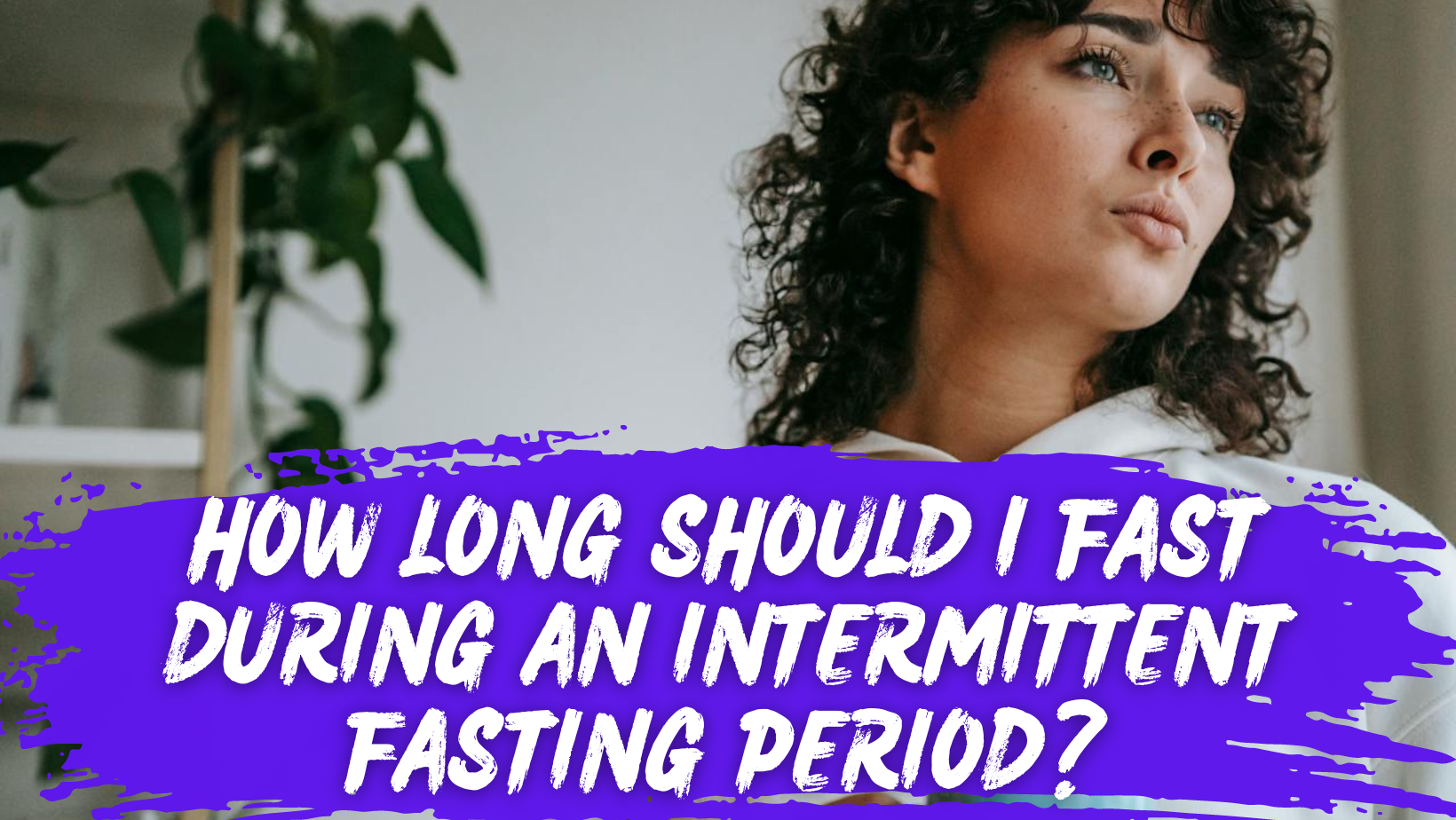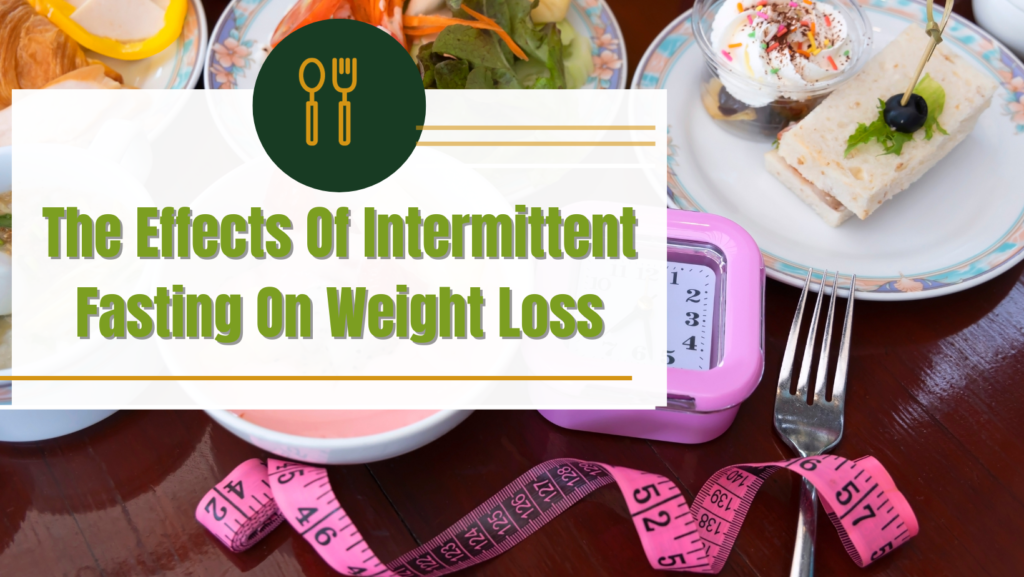Intermittent fasting has gained popularity in recent years as a flexible and effective way to improve overall health and achieve weight management goals. One common question that often arises is how long should one fast during an intermittent fasting period? Well, the answer depends on several factors such as individual goals, lifestyle, and health conditions. In this article, we will explore the recommended duration for intermittent fasting, providing you with a clear understanding of how long you should consider fasting to maximize its benefits. So, let’s dive in and discover the best approach for your intermittent fasting journey!
The Recommended Duration for Intermittent Fasting
Understanding Intermittent Fasting
Intermittent fasting has become increasingly popular in recent years as a method for weight loss and improving overall health. It involves cycling between periods of fasting and eating. During the fasting period, you consume little to no calories, while in the eating period, you can eat normally. Understanding the basics of intermittent fasting can help you determine the recommended duration for your fasting periods.
Benefits of Intermittent Fasting
Intermittent fasting offers numerous benefits beyond just weight loss. It has been shown to improve insulin sensitivity, regulate blood sugar levels, and promote cellular repair through a process called autophagy. Additionally, intermittent fasting can reduce inflammation, enhance brain function, and improve mental clarity. These benefits make it an attractive option for those looking to improve their health and well-being.
Factors Affecting the Duration of Intermittent Fasting
The duration of your intermittent fasting periods can vary depending on several factors. These include your individual goals and preferences, health conditions and medications, fitness and activity levels, gender and age, as well as lifestyle and social considerations. It’s important to consider these factors when determining the ideal duration for your fasting periods to ensure that it aligns with your personal needs and lifestyle.
Different Types of Intermittent Fasting
There are several different methods of intermittent fasting that you can choose from, each with its own recommended duration for fasting. Some popular methods include the 16/8 Method, 5:2 Diet, Eat-Stop-Eat, Alternate-Day Fasting, Warrior Diet, and Spontaneous Meal Skipping. Let’s take a closer look at each of these methods and their recommended durations.

16/8 Method
The 16/8 Method is one of the most popular forms of intermittent fasting. It involves fasting for 16 hours every day and restricting your eating window to 8 hours. This method is flexible and can be easily incorporated into your daily routine. You can choose to skip breakfast and start your eating period at noon, for example, and finish eating by 8 pm. This method is widely regarded as effective for weight loss and improving metabolic health.
5:2 Diet
The 5:2 Diet involves eating normally for 5 days and restricting calorie intake to 500-600 calories for 2 non-consecutive days of the week. On the fasting days, it is recommended to consume these calories in two small meals. This method provides a more structured approach to intermittent fasting and allows for greater food intake on non-fasting days. The 5:2 Diet has been found to be effective for weight loss and has positive impacts on overall health.
Eat-Stop-Eat
Eat-Stop-Eat involves fasting for 24 hours once or twice a week. This method requires a longer fasting duration compared to other intermittent fasting methods, but it offers the freedom of choosing the fasting days that work best for you. During the fasting period, you consume no calories, and then resume your regular eating pattern after the fasting period is over. Eat-Stop-Eat has shown to be effective for weight loss and also helps preserve muscle mass.
Alternate-Day Fasting
With Alternate-Day Fasting, you alternate between fasting days and regular eating days. On fasting days, you consume little to no calories, while on eating days, you can eat normally. Some modified versions of this method allow for limited calorie intake on fasting days. Alternate-Day Fasting has been shown to be effective for weight loss and offers potential improvements in overall health.
You May Also Like
Warrior Diet
The Warrior Diet involves fasting during the day and having one large meal at night within a 4-hour feeding window. This method is based on the eating patterns of ancient warriors who consumed most of their calories in the evenings. It allows for more flexibility in food choices and may be suitable for those who prefer bigger meals. The Warrior Diet has been reported to result in weight loss and improved metabolic function.
Spontaneous Meal Skipping
Spontaneous Meal Skipping is a less structured approach to intermittent fasting where you simply skip meals when it feels natural or convenient. This can be as simple as occasionally skipping breakfast or dinner when you’re not particularly hungry or busy. Although less regimented, spontaneous meal skipping can still provide the benefits of intermittent fasting, such as weight loss and improved metabolic health.
Ultimately, the recommended duration for your fasting periods will depend on your individual goals, preferences, and lifestyle. Experimenting with different methods and durations can help you find the approach that works best for you. It’s important to listen to your body and make adjustments as needed. Remember, intermittent fasting is not a one-size-fits-all approach, and finding what suits you is key to achieving success and maximizing the benefits of this popular dietary practice.




